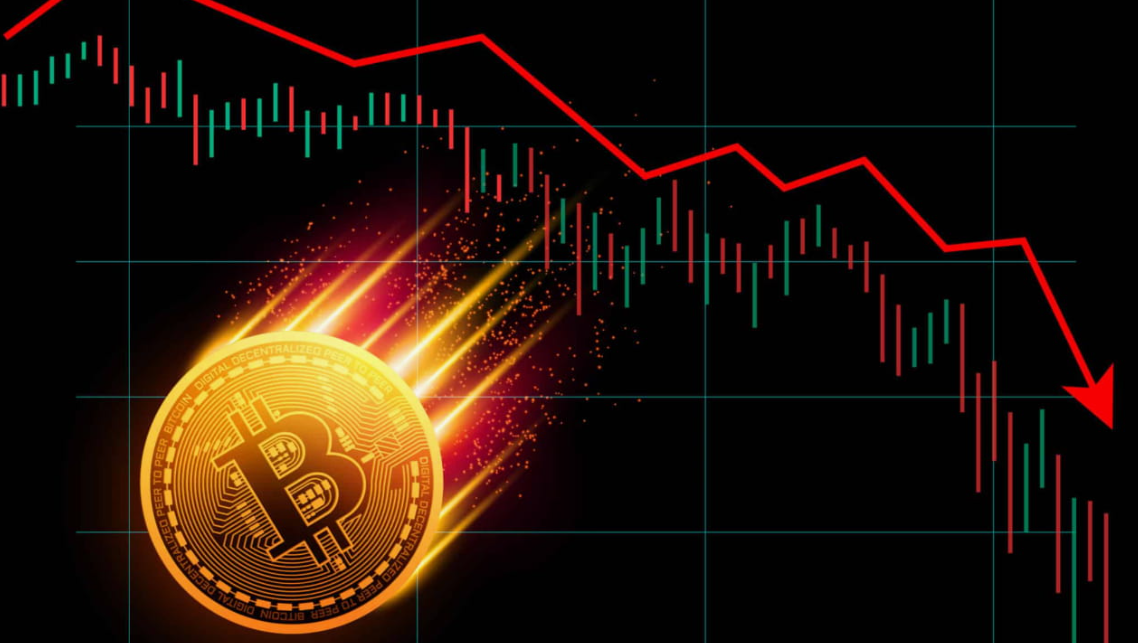Cryptocurrency volatility—if you’ve dipped even a toe into the crypto market, you’ve felt it. Prices soar one day and plummet the next, leaving even experienced traders on edge. But what exactly causes this rollercoaster in crypto prices? And where might the market be heading? Let’s dive into the main factors driving crypto volatility, some personal insights, and what traders might expect in the coming months.
What’s Behind Crypto Volatility?
Cryptocurrency is no stranger to price swings. This market is famously volatile, and unlike traditional stocks or forex, it’s relatively young. Here are some of the biggest market movers shaking up crypto values.
1. Supply and Demand
- It’s basic economics, but in crypto, supply and demand are even more intense. Bitcoin, for instance, has a fixed supply of 21 million coins, and as more people want a piece of it, the price fluctuates.
- When demand surges (like when major companies announce they’ll accept crypto payments), prices shoot up. If interest drops or investors cash out, prices can fall just as fast.
2. Market Sentiment and Hype
- Social media and news drive much of the crypto sentiment. A single tweet from a big name, like Elon Musk, can send prices skyrocketing or tumbling in minutes.
- Positive news boosts confidence, leading to price jumps, while fears of government regulation or security issues can cause sharp declines.
3. Regulatory News and Government Policies
- Governments around the world are still figuring out how to regulate crypto. New restrictions or bans from major economies can scare investors, dropping prices.
- Conversely, supportive moves—like the U.S. considering crypto ETFs—can boost confidence and prices.
4. Adoption and Institutional Investment
- When big companies or financial institutions start investing in crypto, prices often rise as more people feel crypto is a safer bet.
- For instance, Tesla’s investment in Bitcoin sparked a price surge. But when companies divest or reduce holdings, prices feel the impact too.
5. Liquidity and Market Size
- Crypto markets are still smaller and less liquid than traditional markets. Fewer participants mean price moves are often amplified. If a big player buys or sells, it can cause noticeable shifts in value.
How Does Crypto Volatility Affect Traders?
Crypto volatility can be a double-edged sword. For traders, it offers both opportunities and risks. Let’s break down how these market fluctuations impact different types of traders.
1. Short-Term Traders (Day Traders)
- For day traders, volatility is a chance to profit from small price swings. They thrive in a volatile market since prices can change dramatically within hours.
- However, this approach requires constant attention and quick decision-making, which can be risky if the market turns suddenly.
2. Long-Term Investors
- Long-term crypto holders, or “HODLers,” look past the daily volatility, focusing on the long-term potential of their assets.
- Despite short-term dips, many believe the value of crypto like Bitcoin or Ethereum will rise over time, making it worth holding onto during market fluctuations.
3. Institutional Investors
- Big players like hedge funds and financial institutions are cautious due to crypto’s volatility. But as markets mature, more institutions are entering the crypto space, bringing more stability over time.
- For these investors, managing volatility often means diversifying with both crypto and traditional assets, balancing risk.
What’s Next for Crypto Volatility?
Crypto’s future is still a bit unpredictable, but there are some trends and developments that could help stabilize the market—or make it even more volatile.
1. Regulatory Clarity
- Many countries are working toward clearer regulations. If major economies, like the U.S., introduce solid frameworks, it could reduce volatility by giving investors more confidence.
- Conversely, heavy regulations could lead to a major drop in prices if they limit trading options or restrict access to certain markets.
2. Greater Institutional Investment
- As more big institutions get involved, the market could see a rise in stability. Large investments often add liquidity, which can help buffer against big swings.
- This trend could make crypto markets resemble traditional assets more closely, although it won’t eliminate volatility altogether.
3. Continued Technological Developments
- Blockchain technology and crypto applications are constantly evolving. New developments can drive prices, but security issues or technological setbacks could cause sharp drops.
- For example, the success of Ethereum 2.0 or the emergence of new blockchain projects can greatly influence market sentiment.
How FXpricing Helps Traders Navigate Crypto Volatility
FXpricing offers tools that can be game-changers for traders dealing with crypto’s ups and downs. By providing real-time crypto, forex, and stock data, FXpricing keeps traders informed and ready to act. Here’s how FXpricing can help:
Real-Time Data and Alerts
- FXpricing provides live crypto rates and historical data so traders can make data-driven decisions. Real-time alerts are essential when prices can shift at any moment.
Customizable Dashboards
- Every trader has different needs, and with customizable dashboards, FXpricing lets users focus on the data that matters most. You can track specific cryptos, see live rates, and check historical trends all in one place.
Market Analysis and News
- FXpricing also offers market analysis and news updates, so traders can keep up with the latest events and trends affecting crypto prices. These insights are especially helpful for traders trying to gauge market sentiment.
Personal Thoughts on Crypto’s Future
Crypto isn’t for the faint-hearted. Personally, I think that crypto volatility is both exciting and challenging. Sure, it’s risky, but that’s what makes it such a compelling market to trade in. With FXpricing’s tools, traders have the resources they need to navigate this volatile space. I feel that while the market may stabilize a bit as it grows, crypto will likely remain a high-risk, high-reward environment for years to come.
FAQs
1. Why is crypto so volatile?
Crypto prices are affected by supply and demand, market sentiment, regulatory news, and other economic factors, which create sharp price swings.
2. How does volatility benefit crypto traders?
Volatility offers opportunities for short-term traders to profit from price swings, though it also increases risks, especially for less-experienced investors.
3. Can regulatory clarity reduce crypto volatility?
Yes, clearer regulations can boost investor confidence, which may stabilize prices. But heavy regulations could also impact market access and reduce demand.
4. How can FXpricing help traders manage crypto volatility?
FXpricing offers real-time data, customizable dashboards, and market analysis to help traders stay informed and make strategic decisions in volatile markets.5. Is crypto volatility here to stay?
Most likely, yes. While more institutional investment and regulatory clarity could reduce some of the swings, crypto will probably remain a volatile market due to its unique nature.




